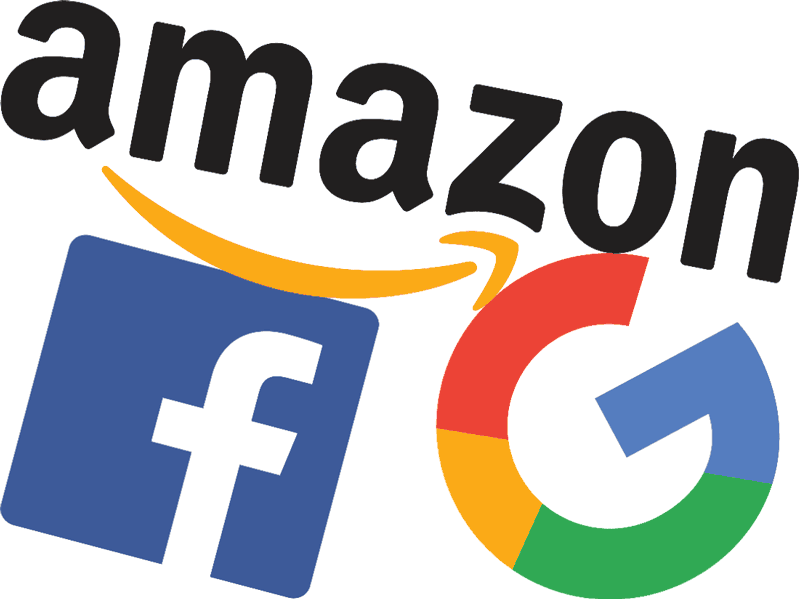The internet looks vastly different than it did just ten years ago—and its much different than what it was originally intended to be. What has evolved the most is society’s relationship with the news and information.
The “attention economy,” (the relationship between money and attention) as Matthew Hindman states in his book, The Internet Trap has shifted in an unexpected way. The time people spend online is a marketable commodity that many companies, such as Google, Facebook and Amazon, have capitalized on.
Where people are spending their time online is widely investigated, but research on what it is that is capturing (and keeping) people’s attention, the forces of concentration, is lacking and heirs on the side of reactive investigation. It is known that tech giants like Google and Facebook have immense power, simply with their stability in traffic numbers-- something that is monopolizing many aspects of the online market.
Sharing of information has become a favorite pastime of online goers. Its easy, its fast, and its makes people feel as if they are in the know. But this has created serious implications for the way the news is approached, from the journalists and the readers. The news as it was only ten, twenty years ago is nothing like it is today. By in large, people are now getting their information in the form of headlines on their Twitter feed. No longer do small, local newspapers have the attention of the majority of its geographical community members. There is a “go digital or perish” attitude toward these newspapers.
There is little money in online news. Very few readers that formal online news outlets actually pay for that information—unlike the “old days” when readers at least paid fifty cents to pull a paper out of the box outside the local supermarket. Advertising on news organizations websites may not be enough. Hindman describes the “paywall” system—a system that withholds content without an online subscription of some sort. While the paywall might be slowing the looming demise of formal news organizations, this might not be enough either.
As someone who began her career at the local, small-town newspaper, I appreciate the work that is being done by these community news outlets. But as researcher in mass communication, I can’t say that the online news-sharing trend is a bad thing for information procurement. But what are the implications for the quality of the sheer amount of news and information that is being shared?
Technology that connects us all together has moved extremely fast in relation to previous advancements in digital communications. Are we prepared for the further advancements that are coming? Imagine throwing the keys of a car to a teenager that has never learned about how to operate the vehicle, understand road signs, and how the accelerator works. This is an analogy to describe the mobile technology use. Society has had absolutely no preparation to navigate the constant connection that tablets and smartphones have afforded.
Who is responsible for this education? Would information creation and gathering look different if people understood the difference between the “imagined internet” (as Hindman calls it) and reality? People assume they and the rest of society is spending time in many diverse places online. This is not reality. The internet is much less equal than what people assume. People spend most time on a very few number of websites. Would society behave differently online if they understood this reality? If they knew about the algorithms that influence what falls into their Facebook feed and Amazon ads? The questions posed here can be answered with future mass communication research.







